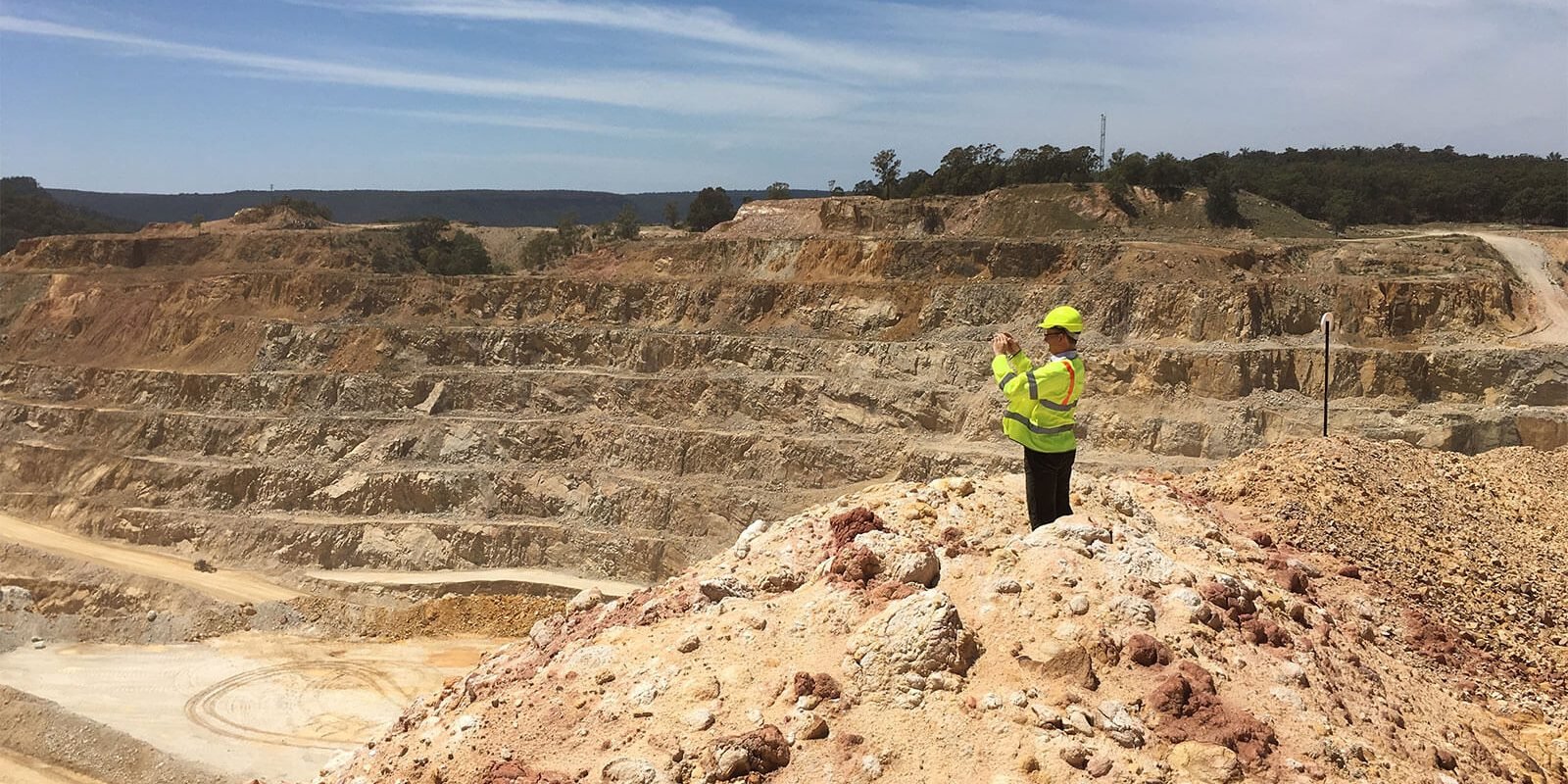Assessing quarry operational risk is a key aspect of determining the Market Value of the operating business or its geological resource as an asset.
In either a discounted cash flow (DCF) or capitalisation of future income (Cap Model) valuation of a quarry asset or operation, the discount or capitalisation rate reflects uncertainty and risks to achieve positive cash flows or income streams from the quarry asset or business.
Valuation Approaches
There are three broad approaches to calculating the Market Value of a working quarry, these include: market, cost and income approaches.
Market and cost-based approaches rely on past transactions and cost information. The income-based approach assumes that a valuer can model the future economic returns of a quarry asset or business based on the information available at the valuation date.
In a market-based approach, comparable sales evidence for an individual quarry is often rare. Usually, sales evidence is dated or associated with a company takeover or a larger land deal and is therefore difficult to analyse. Furthermore, it is unusual for two quarry sites to be truly comparable, even after reasonable adjustments are made to the data relied upon for valuation purposes.
In the cost-based approach, plant equipment and site improvements are depreciated and represent only a portion of the going concern value of the business. When valuing an operational going concern, the cost approach neglects the goodwill of the business.
As such, the best way to value a quarry is an income-based approach using either a DCF method if tasked with valuing the operating going concern or a capitalisation model when valuing the quarry resource as an asset. In the DCF method, future maintainable profits are estimated and discounted at a commensurate rate of return an investor would expect in such a business. The likely future maintainable profits can be based on actual profits earned in the period preceding the valuation. Likewise, future maintainable royalty income stream that a freeholder of a quarry resource asset will enjoy will be capitalised at a rate that the freeholder will deem to be a suitable rate of return from the initial quarry investment, reflecting the risk and uncertainty of achieving the royalty income either over the term of the lease or license agreement or the life of the remaining resource.

